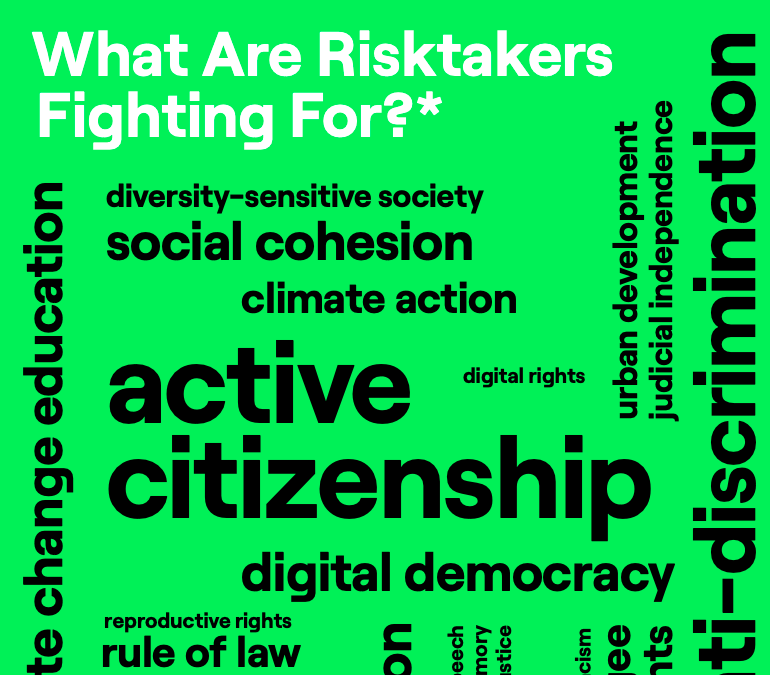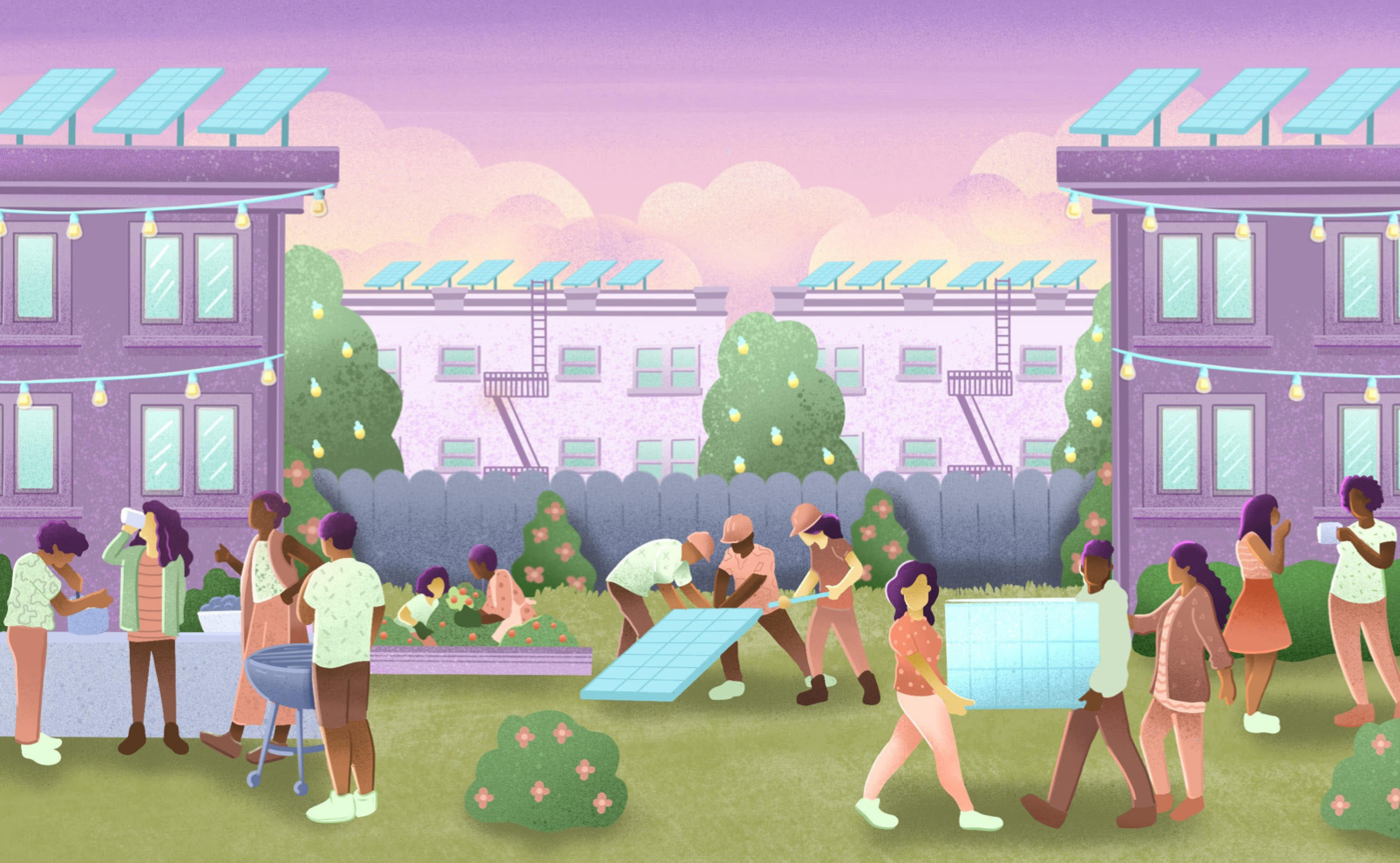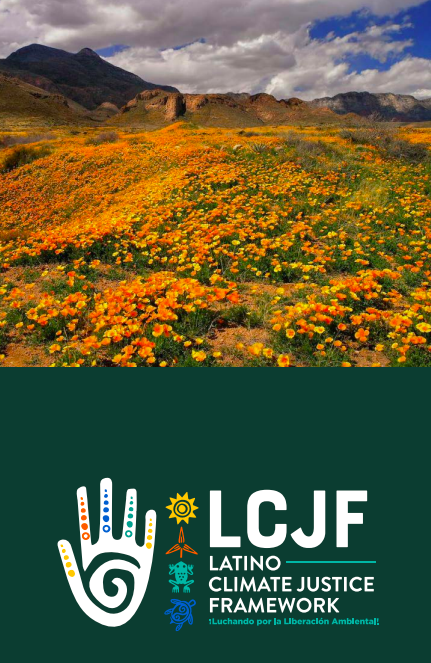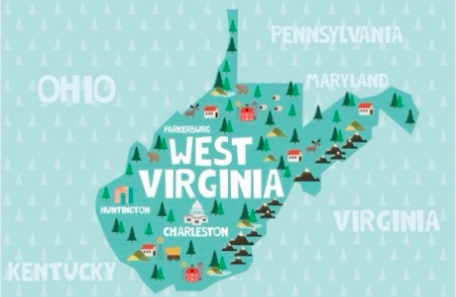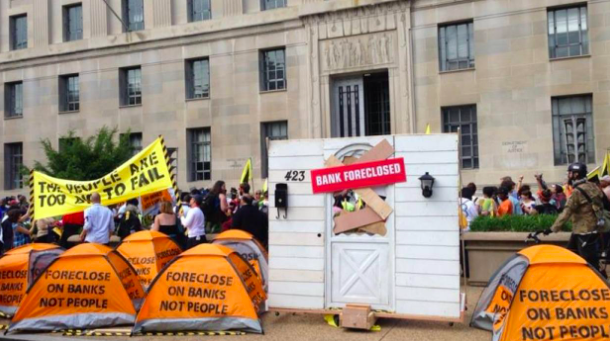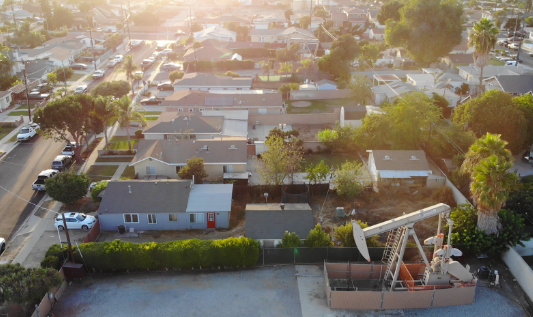Resources
Search below for resources covering the intersection of climate engagement, social science and data analytics.
RESULTS
What I learned building self-managing teams of volunteers at Sunrise Movement
Here are some tactics to use to successfully build a distributed voter contact program. In this resource, the Sunrise Movement’s former distributed director shares their lessons learned. Lesson one: Make time for a team launch, which is critically important for setting up a team that will work together effectively, improve over time, and contribute to the members' growth and learning. Lesson two: Create a team charter to serve as a reference during team calls, when orienting a new member, at a relaunch event, or whenever it's helpful to review the team's purpose and norms. Lesson three: Make norms explicit in order to protect against the assumption that everyone on the team enters with the same background, culture, and experiences and should be able to "read our minds" and guess our preferred ways of working together. The team launch and building the charter together creates commitment to the team and work outcomes, motivation for the work ahead, a sense of belonging, and shared ownership over team processes and outcomes.
Risktaker Pulse: How Social Movement Leaders Fight for a Better Future
Social movement leaders (aka “risktakers”) in Europe argue for four key lessons that could prove valuable for other movement leaders in the U.S. Unleash the power of networks: partnerships within and across countries can exponentially increase the effectiveness of each participant and the network as a whole. Tell a compelling narrative, also in collaboration with artists and creative minds: it’s important to tell a clear and accessible story about who they are and what they want to achieve—there is great potential in teaming up with artists and creative minds, who are often risktakers in their own right. Fight misinformation and disinformation: it’s important to fight misinformation and disinformation by (1) building strong relationships with media outlets and media personalities, (2) using social media strategically and (3) liaising more directly with government officials. Diversify systems of funding: the larger social movement ecosystem can offer quick and unbureaucratic access to much-needed resources.
A Case Study on the Founding of the Cleveland Solar Cooperative
In June 2019, the nonprofit Cleveland Owns convened The Lakewood Community Solar Fellowship, a free leadership development program focused on bringing resident-owned community solar to Lakewood, Ohio. A group of 7 residents took part, meeting for a few hours every Sunday in the basement of the local public library. The goal? Form a solar cooperative to fight climate change and build toward climate justice.
When the Fellowship started, most of these residents were strangers, but together they would go on to form the Cleveland Solar Cooperative (CSC), Ohio’s first community-owned cooperative solar developer. How did this happen?
This case study details how Cleveland Owns helped convene the Cleveland Solar Cooperative (CSC), Ohio's first community-owned cooperative solar developer. It explores how Cleveland Owns developed the foundation for energy democracy efforts in their city; the key moments, challenges, and successes they and allies faced as they formed the cooperative; and an offering of tools and resources for other communities seeking to replicate their model.
Among these resources and insights are:
- An account of Cleveland Owns' organizing principles and group norms
- An honest reflection of challenges they faced, such as developing mutual trust and the technical expertise necessary to navigate the local energy market
- The rationale behind the cooperative business model underlying the CSC
- The CSC's process of developing bylaws, governance structures, and technical infrastructure for themselves
- Their ethos of self-assessment that drives their evolution as a collective
- A tool kit of organizing materials and resources on energy democracy and solar development
A Glaring Absence: The Climate Crisis Is Virtually Nonexistent in Scripted Entertainment
Climate change is largely absent in scripted entertainment—but there are ways for entertainment creators to improve. Just 2.8% of all scripts included any climate-related keywords, and only 0.6% of scripted TV and films mentioned the specific term “climate change.” When extreme weather events are mentioned, they are rarely linked to climate change (10%). Similarly, when climate change is mentioned, it is rarely discussed alongside the fossil fuel industry (12%) or individual climate actions (8%). And yet, there is audience demand for climate portrayals. Survey respondents believe the average American is less concerned about the climate crisis than they are personally. Still, they retain hope. Those who are hopeful about climate solutions are 3.5 times more likely to say they want to see climate portrayals in fictional entertainment. To improve climate references in mainstream entertainment, consider climate in all genres, connect the dots between climate causes and effects, give voice to climate anxiety, show the intersections between climate and other issues, and promote various climate actions.
Latino Climate Justice Framework
Climate justice for Latino Americans means centering policies that achieve environmental, energy, and economic justice together. Latino/a/x households pay disproportionately high energy costs, low-income, Latino/a/x households and communities have so far been left behind in the transition to clean energy, and Latino/a/x workers need a pathway to clean energy jobs. Therefore, we need to invest with justice in clean energy, accelerate the transition to renewable energy (i.e., wind, solar, geothermal and small-scale hydropower), and advance economic equity and opportunity for Latino/a/x workers. This resource further details these problems and policy and political solutions, as related to transit, jobs, fossil fuel drilling, climate adaptation, clean water, voting rights, conservation, and more.
California activists paved the way for defining climate change as an air pollution problem—now it's federal law. Connecting climate change with something visceral and dangerous brings more immediacy to a problem that’s often seen as unfolding far away or in the future, even though it’s causing suffering now. “Climate pollution” is becoming common on the websites of green groups and atop news stories. It wasn’t always a popular move to link global warming with air quality. Environmental justice activists in California tried to popularize the phrase “climate pollution” starting around 2012. Framing climate change as an air quality problem is good persuasion strategy (as research shows), and it also validates long-standing concerns from communities that are threatened by industrial pollution.
Intersectional coalition organizing by groups against Amazon may provide lessons for climate groups looking to enhance their coalitional power. Make affirmative community demands. Coordinate local and national organizing toward a unified objective. Adjust priorities, objectives, and tactics to achieve wins—while remaining true to the movement’s values. Connect across issue areas and sectors. Support worker organizing across diverse locations and segments of Amazon. Build upon investigations to break up Amazon and other big tech companies.
Building long-lasting grassroots power requires centering concrete issues and the humanity of individuals you’re organizing. Many organizations in West Virginia are cultivating organizers, building organizations that can sustainably organize local communities according to their needs for years to come, incorporating mutual aid, and more, in an effort to win and wield political power. In this article, The Forge contributor Mat Hanson discussed organizational strategies with multiple people involved in grassroots power building in West Virginia: Katey Lauer, co-chair of West Virginia Can’t Wait; Nicole McCormick, a founding member of the West Virginia United caucus and rank-and-file leader in the successful teacher’s strike; Dr. Shanequa Smith of Restorative Actions and the Black Voters Impact Initiative; and Joe Solomon, the co-founder and co-director of Solutions Oriented Addiction Response (SOAR), a volunteer-based organization that advocates for harm-reduction strategies to the opioid crisis.
The Case for Rupture
Ruptural moments are key to long-term movement victories. Ruptural moments by themselves rarely lead to substantive changes in people’s material conditions or the dismantling of the status quo; they need to be situated within a dynamic movement ecosystem. In a ruptural moment, thousands or hundreds of thousands of people hit the streets. Second, participants are willing to engage in a huge escalation of risk. Third, ruptural moments open a window into a change in thinking — opening the eyes of a society to the fact that a dictatorship is fragile or that Indigenous sovereignty must be respected or that Black folks have a different lived experience than white folks. In other words, in changing how space or public order works, ruptural moments contest the story of the dominant culture. Movement organizers can create ruptural moments by working for months in a disciplined way to achieve the scale necessary for something major to happen, or by a smaller group of organizers attempting something bold, enabling it to scale as others are captivated by the boldness of the tactic or demand and launch copycat actions or undergird the movement. And sometimes, unexpected events just happen that create ruptures.
Historic Environmental Justice Victory: City of Los Angeles is creating a pathway to phase out existing oil and gas wells
Residents, community organizations, and health care practitioners organized for over a decade to protect the health of residents on the front lines of urban oil extraction in L.A. In January 2022, the Los Angeles City Council voted unanimously to draft an ordinance to prohibit all new oil and gas drilling and to phase out existing drilling operations throughout the City of Los Angeles. This resource is based on an interview with Wendy Miranda (she/they), a community leader with Communities for a Better Environment (CBE) and resident, about the historic victory. The organizing strategy to get this victory involved various lobbying efforts, rallies, press conferences, petition collections, a wide range of community/organization endorsements, phone banking, and social media outreach. Overall, frontline residents providing public comments and sharing their personal experiences were some of the strongest and most powerful tactics. STAND L.A. will continue to be part of the process to help draft an ordinance and direct the City of Los Angeles on how to lead a genuine community participation process. Miranda shares that this victory is proof that frontline communities can lead the change toward a just, equitable transition to a clean energy future.
Pagination
- Previous page
- Page 5
- Next page

